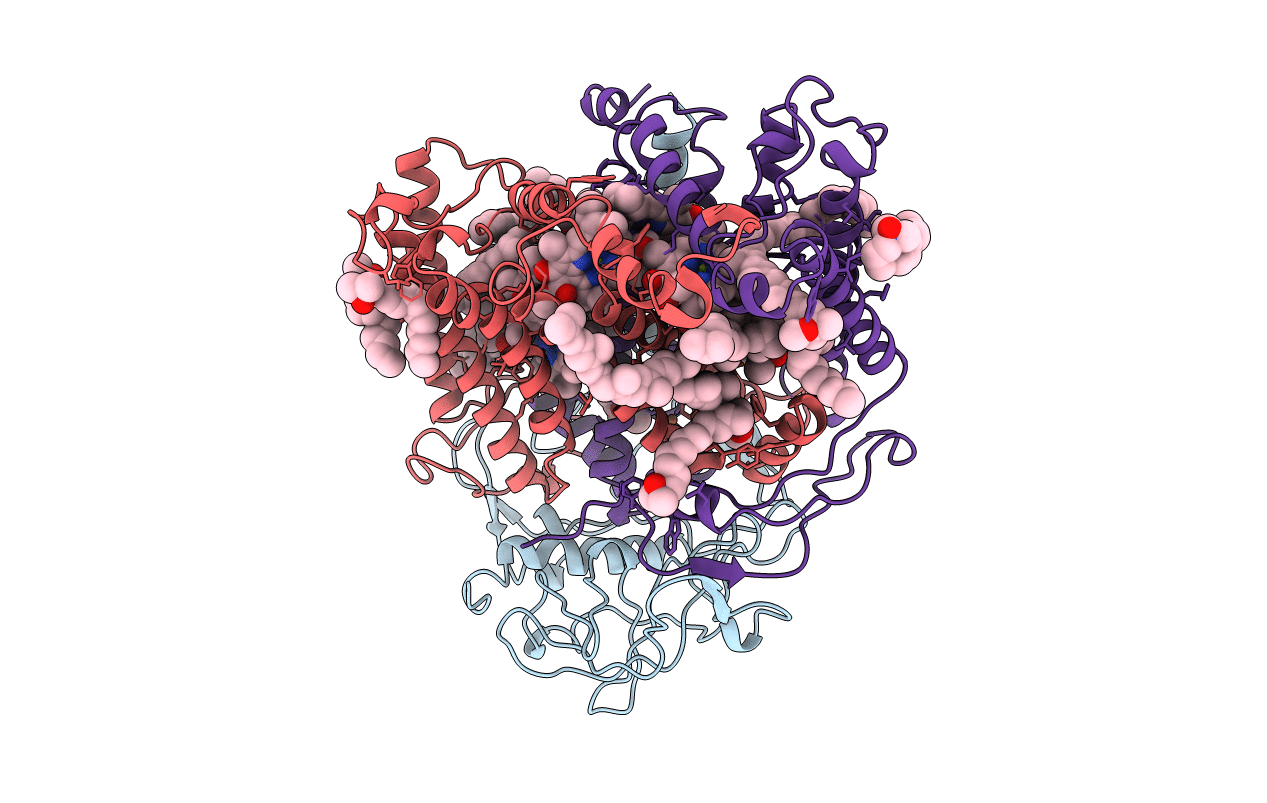
Deposition Date
1994-11-10
Release Date
1995-02-07
Last Version Date
2024-02-14
Entry Detail
PDB ID:
1PCR
Keywords:
Title:
STRUCTURE OF THE PHOTOSYNTHETIC REACTION CENTRE FROM RHODOBACTER SPHAEROIDES AT 2.65 ANGSTROMS RESOLUTION: COFACTORS AND PROTEIN-COFACTOR INTERACTIONS
Biological Source:
Source Organism:
Rhodobacter sphaeroides (Taxon ID: 1063)
Method Details:
Experimental Method:
Resolution:
2.65 Å
R-Value Work:
0.18
R-Value Observed:
0.18
Space Group:
P 31 2 1


